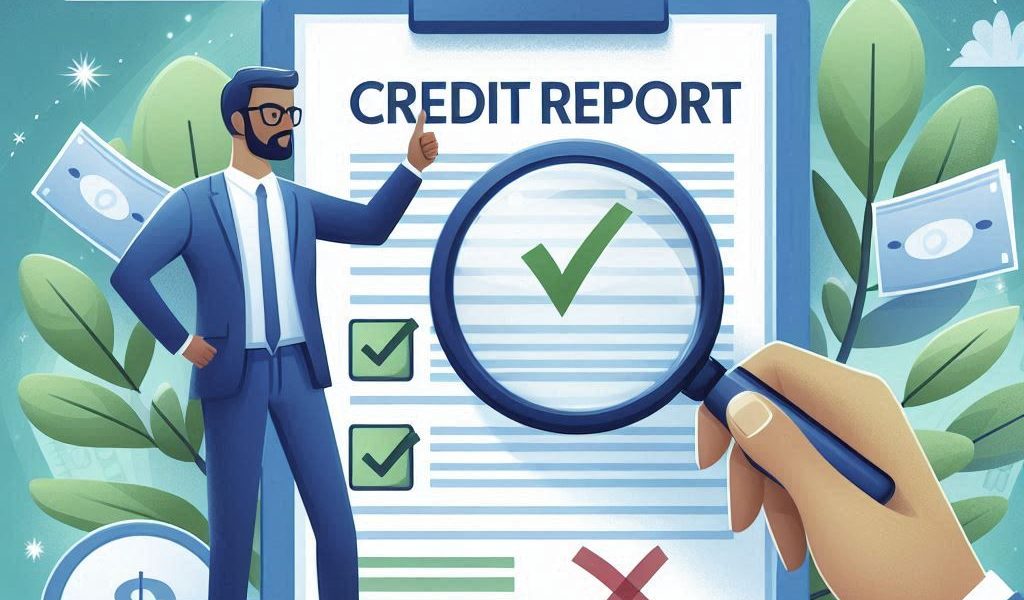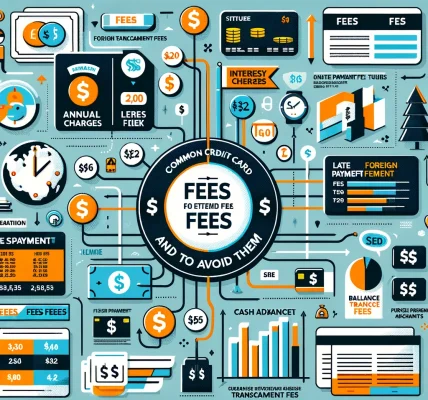Introduction
Your credit report plays a significant role in determining your financial health. Negative items such as late payments, charge-offs, and collections can lower your credit score, making it harder to qualify for loans or credit cards with favorable terms. However, there are legal ways to remove these negative items and improve your credit profile.
This guide will walk you through proven and legal steps to dispute and remove inaccurate or outdated negative items from your credit report, helping you regain control of your financial future.
1. Understanding Negative Items on Your Credit Report
Before you start the removal process, it’s important to understand the types of negative information that can appear on your credit report:
- Late Payments – Missed payments that can remain on your report for up to 7 years.
- Charge-Offs – When a creditor writes off your unpaid debt as a loss, usually after 180 days of non-payment.
- Collections – When an unpaid debt is sent to a collection agency.
- Bankruptcies – Legal proceedings that discharge debts but stay on your report for 7-10 years.
- Foreclosures & Repossessions – Loss of property due to non-payment.
- Hard Inquiries – When lenders check your credit for loan approval.
If any of these are inaccurately reported, you have the right to dispute them under the Fair Credit Reporting Act (FCRA).
2. Obtain and Review Your Credit Reports
Step 1: Get Your Free Credit Reports
You can obtain a free copy of your credit report from the three major credit bureaus:
- Equifax (www.equifax.com)
- Experian (www.experian.com)
- TransUnion (www.transunion.com)
By law, you are entitled to one free credit report from each bureau annually through AnnualCreditReport.com.
Step 2: Carefully Review Your Reports
Check for: ✅ Errors in personal information (name, address, Social Security number) ✅ Incorrect account details (wrong balance, duplicate accounts) ✅ Accounts that don’t belong to you (possible identity theft) ✅ Incorrect late payment records
If you find any inaccurate or outdated information, you can dispute it.
3. How to Dispute Errors on Your Credit Report
The Fair Credit Reporting Act (FCRA) gives you the right to dispute inaccurate items. Here’s how:
Step 1: Gather Supporting Evidence
For each disputed item, collect evidence such as:
- Bank statements or payment confirmations
- Correspondence with lenders showing resolved disputes
- Identity theft reports (if applicable)
Step 2: File a Dispute with the Credit Bureau
You can dispute online, by phone, or via mail. Sending a written letter is the most effective way, as it creates a paper trail.
Sample Dispute Letter
[Your Name]
[Your Address]
[City, State, ZIP Code]
[Date]
[Credit Bureau Name]
[Credit Bureau Address]
Subject: Dispute of Incorrect Credit Report Item
Dear [Credit Bureau],
I recently reviewed my credit report and found an error that I would like to dispute. The following information is incorrect:
- Account Name: [Name of Account]
- Account Number: [Last Four Digits]
- Error: [Describe the inaccuracy]
I have attached supporting documents proving that this information is incorrect. I request that you investigate and correct this error as soon as possible.
Sincerely,
[Your Name]
[Your Contact Information]Step 3: Follow Up and Track Your Dispute
Credit bureaus have 30 days to investigate and respond. If they find your dispute valid, they must remove or correct the item.
4. Goodwill Letter for Late Payments
If you have legitimate late payments, you can request removal by writing a Goodwill Letter to the lender.
What Is a Goodwill Letter?
A goodwill letter is a polite request to a creditor asking them to remove a negative mark as a gesture of goodwill, especially if you have a good payment history.
Sample Goodwill Letter
Dear [Creditor],
I have been a loyal customer, and I truly appreciate your services. Unfortunately, due to [briefly explain reason, e.g., job loss, medical emergency], I missed a payment on [account name].
I have since ensured all payments are made on time, and I kindly request that you consider removing the late payment record as a goodwill gesture.
Sincerely,
[Your Name]This method is not guaranteed but often works if you have a good relationship with your lender.
5. Negotiate a Pay-for-Delete Agreement
If you have an account in collections, you can try a Pay-for-Delete negotiation. This means offering to pay the debt in exchange for the removal of the negative item.
Steps to Request Pay-for-Delete
- Contact the collection agency in writing.
- Offer a lump-sum payment or a settlement amount.
- Request written confirmation that they will remove the negative item once payment is received.
⚠️ Important: Not all agencies agree to this, and credit bureaus discourage the practice. Ensure you get any agreement in writing before making a payment.
6. Wait for Negative Items to Expire
If disputes and negotiations don’t work, negative items eventually fall off your credit report:
- Late payments: 7 years
- Charge-offs: 7 years
- Collections: 7 years
- Bankruptcies: 7-10 years
During this time, focus on building positive credit habits like making on-time payments and reducing debt.
7. Final Tips for Improving Your Credit
✅ Make Timely Payments – Avoid future negative marks by paying all bills on time.
✅ Lower Your Credit Utilization – Keep balances below 30% of your credit limit.
✅ Monitor Your Credit Regularly – Use free credit monitoring services to track changes.
✅ Avoid Too Many Hard Inquiries – Applying for multiple credit lines can lower your score.
Conclusion
Removing negative items legally from your credit report takes time and persistence. By disputing errors, negotiating with creditors, and maintaining good financial habits, you can improve your credit score over time.
Remember, there are no quick fixes for credit repair, but consistent effort pays off in the long run.
Legal Disclaimer: This guide is for informational purposes only and does not constitute legal or financial advice. Always consult a professional before making financial decisions.




